The photographs in Heirloom Harvest: Modern Daguerreotypes of Historic Garden Treasures, published this fall by Bloomsbury, are the result of a 15 year collaboration between two people immersed in old ways of doing things. Jerry Spagnoli, a daguerreotypist, met Amy Goldman, a champion vegetable grower and heirloom plant conservationist, in 2000, a few decades after Goldman began transforming her historic Hudson Valley farm into a working laboratory for growing and preserving rare varieties of fruits and vegetables. What began with photos of a few squash that Goldman brought to Spagnoli’s Chelsea studio eventually grew into days spent on the farm, photographing freshly harvested specimens and those still on the vine. “Sometimes, with guilty pleasure, we would eat our subjects after having shot them: Raritan Rose peaches still warm from the sun and baked Beauregard sweet potatoes,” writes Goldman, whose text chronicles the growth of her estate from a neglected swamp to 210 acres of orchards, vegetable gardens, ponds and green houses, and her own transformation into an accomplished gardener and advocate.
Working in a barn with a simple setup for his 8×10 inch view camera, Spagnoli photographed his subjects in natural light on a table covered in a sweeping black or white backdrop. “As I tried to find the right angle and lighting for each specimen, Amy would select new subjects and leave them for me to photograph,” says Spagnoli in an interview with M Mark in the book’s afterword. His goal was to make photographs that treated each subject as an individual. “As the number of settings and viewpoints increased, I began drawing from my knowledge of the history of photography and of art in general to come up with ways to organize the pictorial space of the image and avoid repeating myself,” he tells Mark. Using techniques that allowed him to produce daguerreotypes from images made with other methods, Spagnoli drew from the ways agriculture has been visualized in the past. “I started to think about collecting all of the disparate approaches to photographing agricultural subjects through history and presenting them as daguerreotypes, the original form of the medium,” he says.
The result is a series of idiosyncratic portraits of vegetables and fruits that celebrate the unusual textures and surprising shapes encouraged by traditional farming techniques used on heritage species. (Also included are images of livestock and poultry and views of the farm, setting the produce pictures in a larger context). Says Spagnoli, “Industrial [farming] techniques are necessary in a world with huge populations that need to be fed, but we also need to maintain a link to growing food on a small scale. Carefully nurturing plants by hand and trying to understand the particular value of each variety is essential. To lose sight of that would be to lose an important insight into our relationship with nature and compromise our ability to adapt to unexpected conditions in the future. The images in this book try to touch on that point.”
Related Stories:


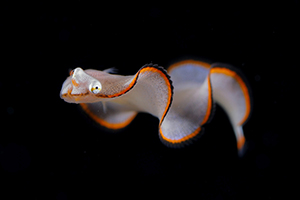
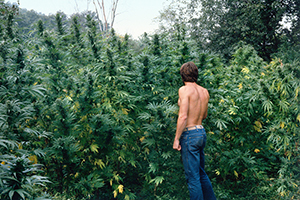
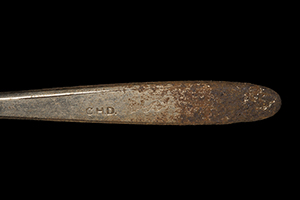
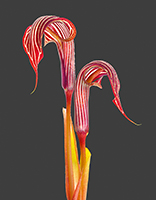

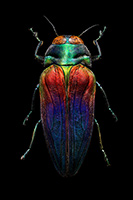

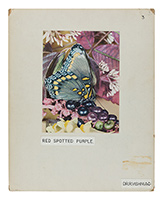
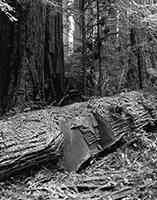
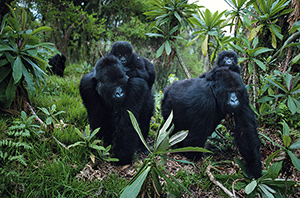
http://www.elkabayrak.com
http://www.elkatabela.com